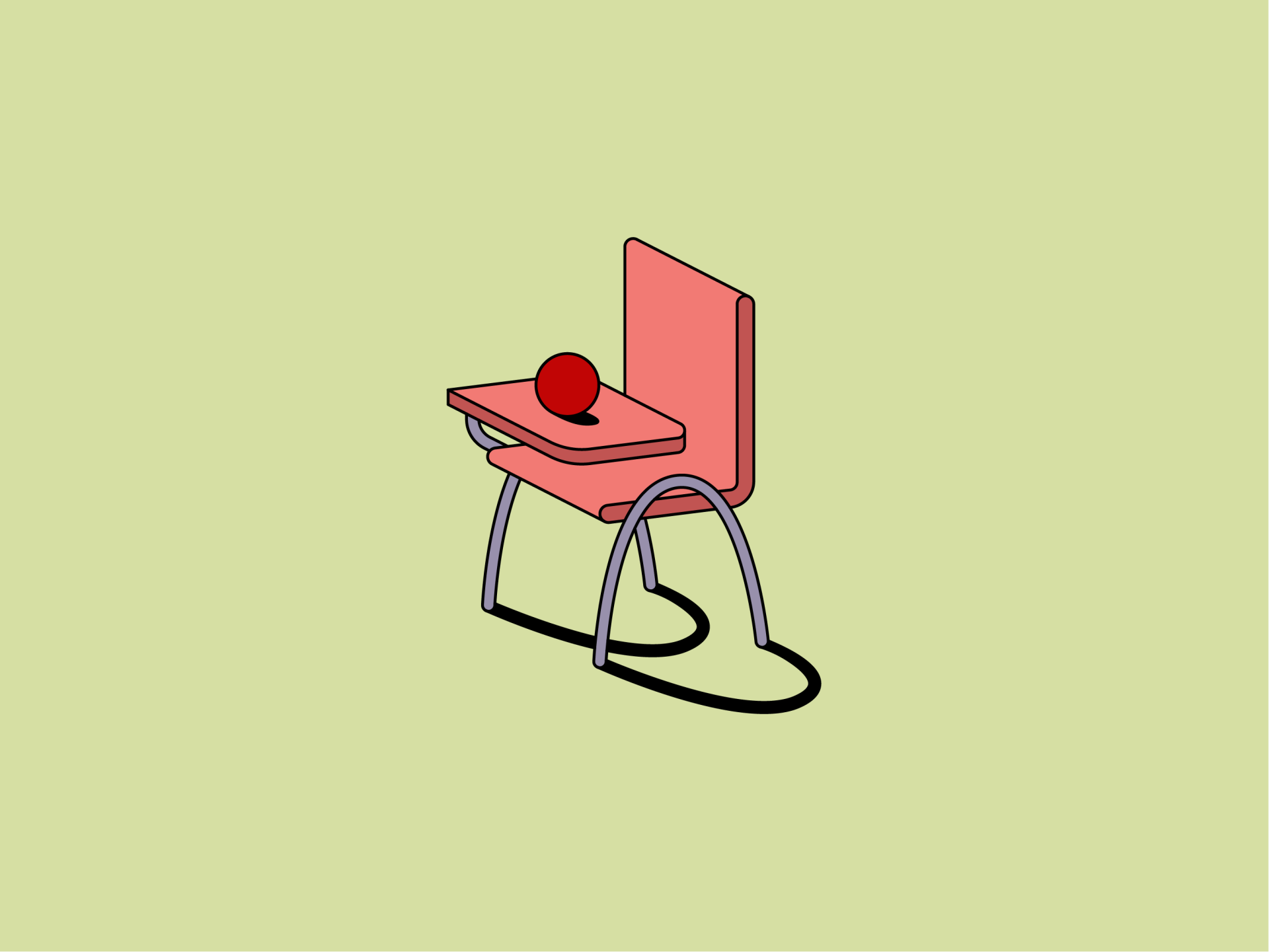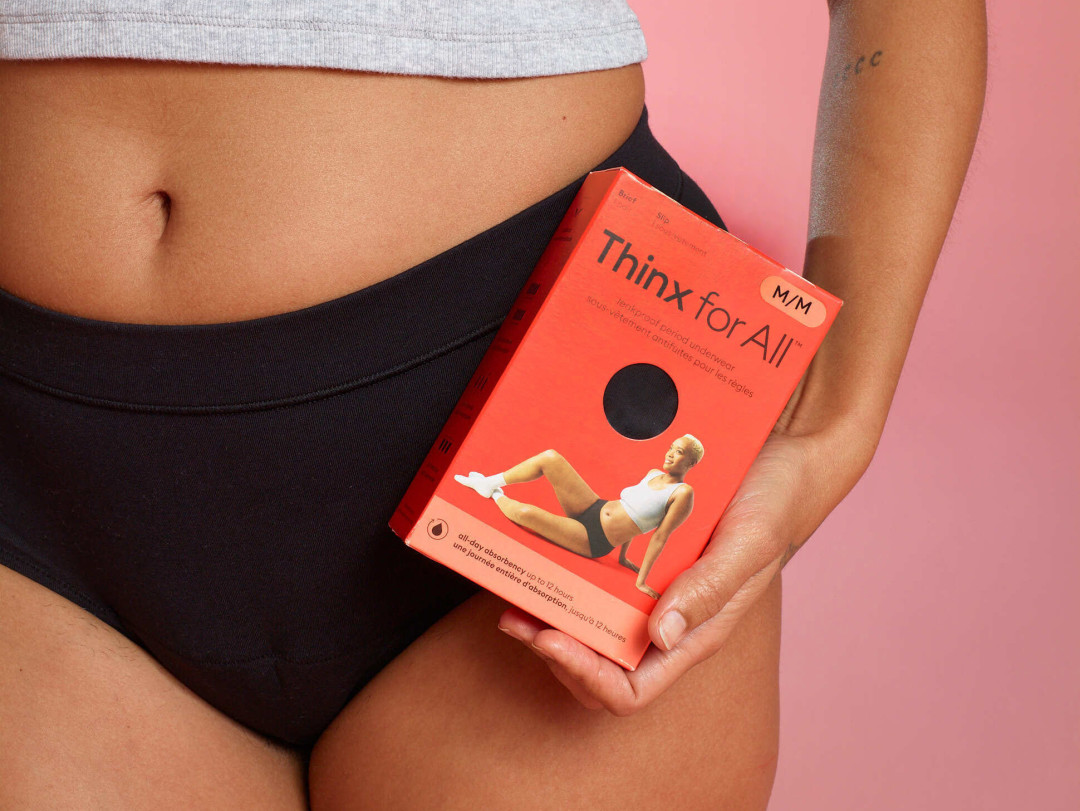#brand
The Hidden Effects of Period Poverty in the US
odds & ends
·5 min read

by Laura Blackburn | 10/17/2019
In my third year as a fifth-grade special education teacher at an elementary school in the Bronx, I had the unique experience of leading an all-girls class within a school that served students of all genders. Many of my students were just starting to go through puberty and experience their first periods.
While I’ve been a lifelong advocate for gender equity and a self-anointed evangelizer about medically accurate sex education, it wasn’t until my time in the classroom that I thought about how periods and a lack of access to products could shape a person’s life.
As a relatively new teacher, I had lots on my mind — from prepping the next week’s lessons and holding meetings with caregivers to grading assessments and supporting learners at different reading levels. Menstrual equity wasn’t yet a term I was familiar with. And despite my own middle school experience of suffering through my period in silence and isolation, with a tampon secreted up my sleeve, period product access wasn’t something I had considered in building a supportive learning environment.
Luckily, I had my students to thank for shifting my perspective. Midway through the fall, one of my students pulled me and my co-teacher aside, beaming, because the night before she had gotten her first period. She and her mom had packed a special bag filled with pads, wipes, and extra underwear. We reassured her that managing a period takes practice and that she could let us know when she needed to use the restroom, no questions asked. We also gave her a crash course in the menstrual cycle so she knew what was happening in her body (my school did not prioritize period education at the time).
From that moment on, we always had a basket of pads and tampons available in our closet, so that all of our students could have free and easy access, especially those who faced barriers at home. Our classroom was on the fifth floor of a beautiful old building, which meant that without the basket in our closet or bringing supplies from home, my students faced a long walk to the nurse’s office, losing out on valuable learning time.
bridging the data gap
From my teaching experience to my time here at Thinx working with leaders in the menstrual equity space, I’ve heard many anecdotes about how a lack of access to period products within schools causes stress, anxiety, and missed learning moments. But it wasn’t until we teamed up with PERIOD, the fastest-growing youth-run nonprofit dedicated to changing the conversation around periods and providing care to those in need, to launch our United for Access campaign that we learned how massive the data gap in this space is—to date, there had been no wide-scale studies on how period poverty impacts people in the US.
In order to lobby elected officials to change policy, we knew we needed data to stand on. Together with PERIOD, we commissioned a first-of-a-kind study on period poverty in the US: State of the Period, a survey from Harris Poll of 1,000 US teens who menstruate ages 13 to 19.
the results
The results of our poll were staggering, revealing that the issue is more wide ranging than we even realized. A startling 1 in 5 teens have struggled to afford period products or have not been able to purchase them at all, and more than 80 percent of teens reported either missing time in class or knowing someone who has missed time in class due to lack of access to menstrual hygiene products. Students also expressed the need for stronger advocates who can help ensure that period products are available in their schools alongside basic necessities like toilet paper and soap.
State of the Period highlights a serious problem with a solvable solution. We know that our data has illuminated a hidden reality that so many young people are all too well aware of, but it’s just a start. It’s time for our elected officials to take up the mantle and support further research into the impact of period poverty, eliminate the tampon tax in the 35 states in which it’s still on the books (which unfairly burdens people with periods), and pass federal legislation like the proposed Menstrual Equity for All Act (H.R. 1882) which would enable states to use federal grants to provide students nationwide with period products in schools, require Medicaid to cover the cost of period products, and let individuals use their own pre-tax dollars from flexible spending accounts to purchase menstrual products.
We’re hopeful that these data points will be the start of a larger conversation—and action—to expand menstrual equity. And we’re committed to working with PERIOD, elected officials, and other key stakeholders so that all people, like the students I served, have the freedom to work, study, and participate in society with basic dignity. With menstrual equity, we can all further realize our full potential.
Laura is the Director of GiveRise, the giveback program at Thinx Inc.
by Laura Blackburn


